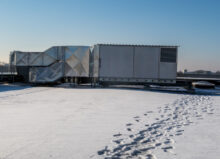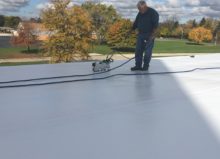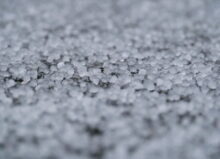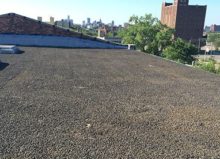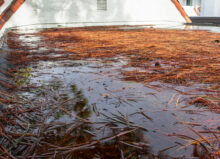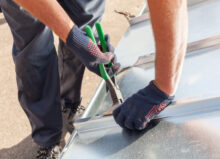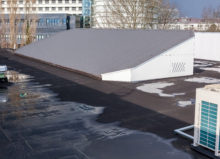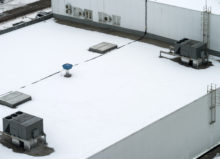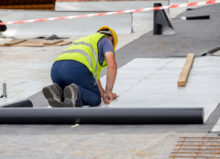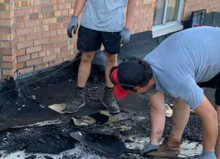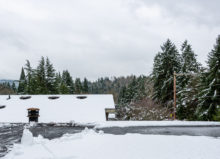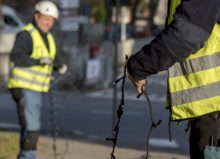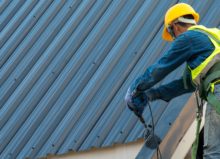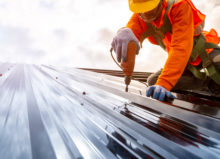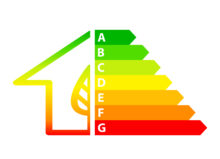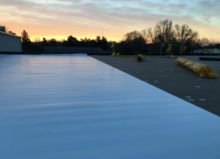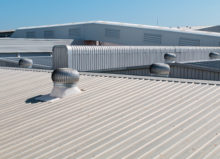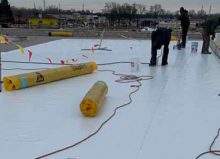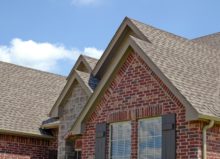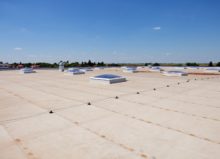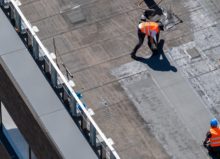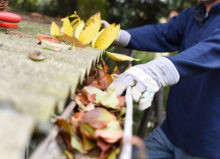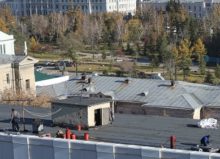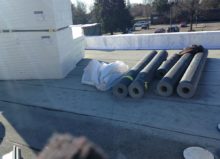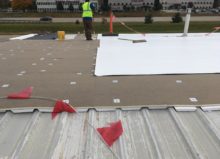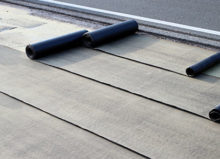Commercial Roof Maintenance Guide
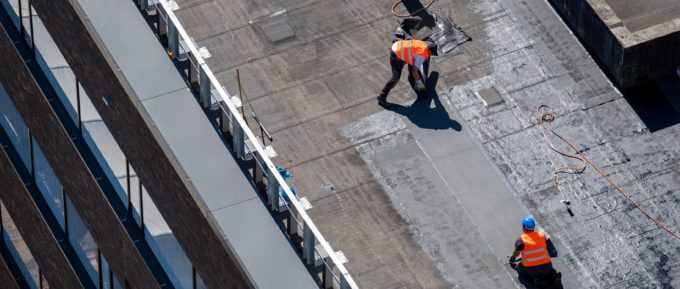
Failing to maintain your commercial roofing system could lead to costly repairs, unanticipated downtime, and unhappy customers.
The first step to effectively maintaining your roofing system is to have it professionally inspected twice yearly, ideally in the spring and early autumn. Commercial roofing experts can detect and remedy developing issues early so they don’t grow into expensive problems down the road.
In between professional inspections, you should periodically perform visual examinations of your roofing system (as long as you take proper safety precautions). Some of the signs you should look out for include visible leaks, cracks in the membrane, sagging or weak areas, and loose or missing flashing.
Beyond inspections, there are other maintenance tasks you can do every year to keep your commercial roof in optimal condition. Read on to learn more about what these tasks are.
Maintaining the Roofing Membrane
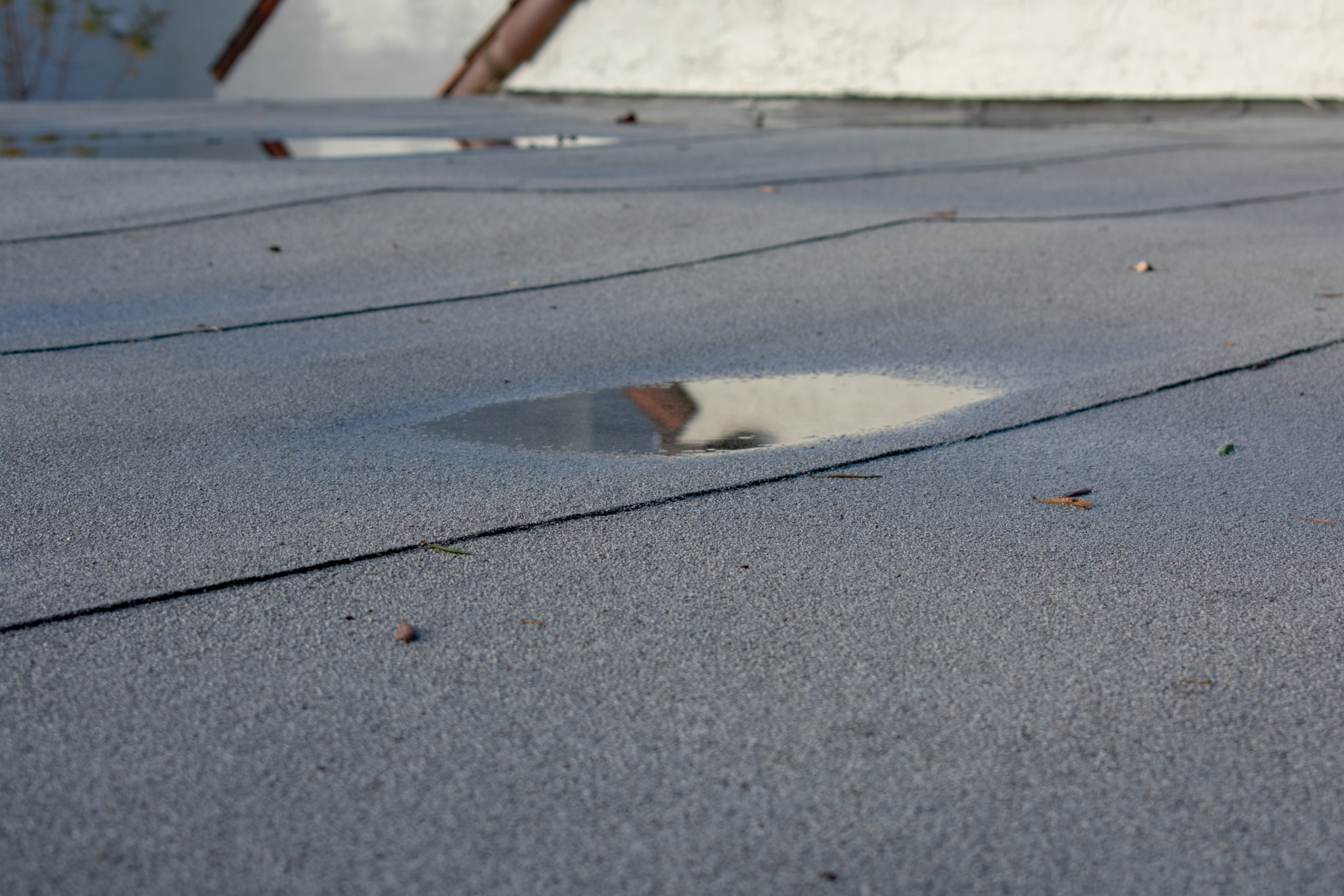
✔ Visual Inspections: The membrane of your roof is a watertight cover that helps prevent structural water damage. You can protect the membrane by looking for signs of damage, like gouges, rips, and tears. You should also scan the membrane for brittleness, pooled water, mildew, mold, vegetative growth, failed seams, and popped fasteners.
✔ Removing Snow & Ice: Always include prompt snow removal in your commercial roofing system maintenance program. You can do this on your own, if you can do so safely. Otherwise, hiring a professional is recommended.
✔ Covers: Have a heavy-duty roof cover installed by a professional to prevent premature wear and standing water.
If you ever notice issues or signs of damage developing on your roof’s membrane, it’s important to seek professional assistance as soon as possible. Roofing problems will only get worse over time.
Maintaining the Roof Deck
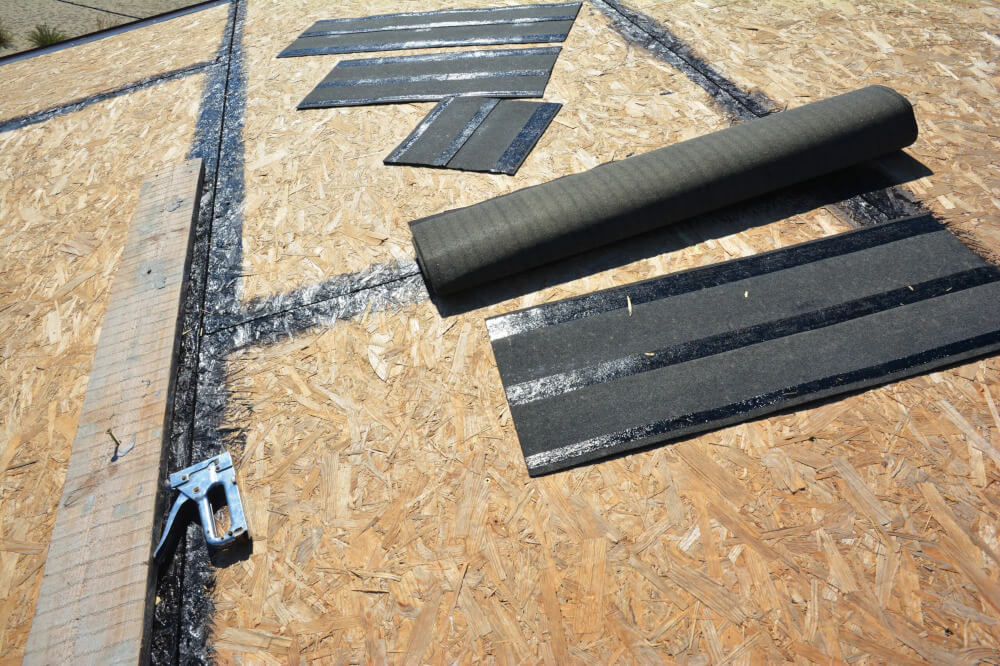
Roof decking, or sheathing, is essentially the “foundation” of the roof that holds your system together. Visual inspections are the primary way you can maintain the deck.
✔ Visual Inspections: Look for sagging, holes, water leaks, insect infestations, rotted framing, mold or mildew growth, and interior water stains.
Inspecting the underside of your roof deck typically involves removing drop-ceiling tiles and should always be performed by a professional.
Maintaining the Attachment System
The attachment system includes any fasteners or adhesives used to attach the membrane to the insulation and deck. Like the roof deck, the best way to maintain the attachment system is to perform visual inspections, especially after inclement weather.
✔ Visual Inspections: Look for any damaged fasteners, fasteners that have backed out of their secure position, and seams that are separated because of failed adhesive.
While these visual inspections can be self-performed, if you notice any of these signs, it’s smart to call a commercial roofing professional and have them fix any damage as soon as possible.
Maintaining the Insulation
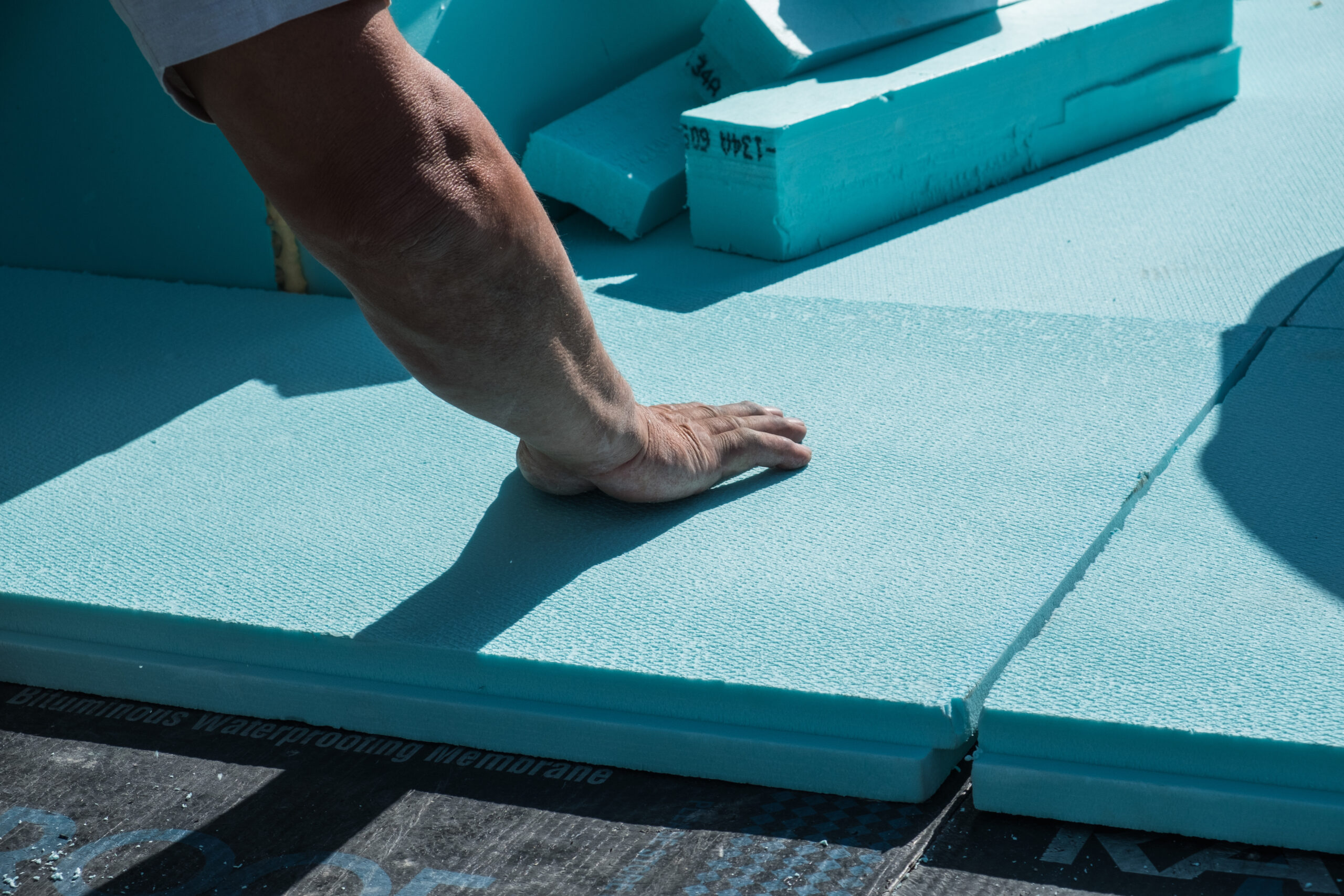
✔ Identifying Wet or Damaged Insulation: If your insulation is damp or wet, the moisture may have originated from somewhere other than the roof. And, over time, that moisture can travel upwards, saturating the roof decking from beneath, contributing to mildew and mold growth. And, of course, wet insulation is ineffective because its R-value is compromised.
✔ Replacing Damaged Insulation: If your insulation system is degraded and inefficient, talk to a professional commercial roofer about replacing it.
✔ Installing a Vapor Barrier: Consider installing a vapor barrier to maximize your roof’s service life. Vapor barriers can provide extra protection during hot and humid months.
Maintaining the Drainage System
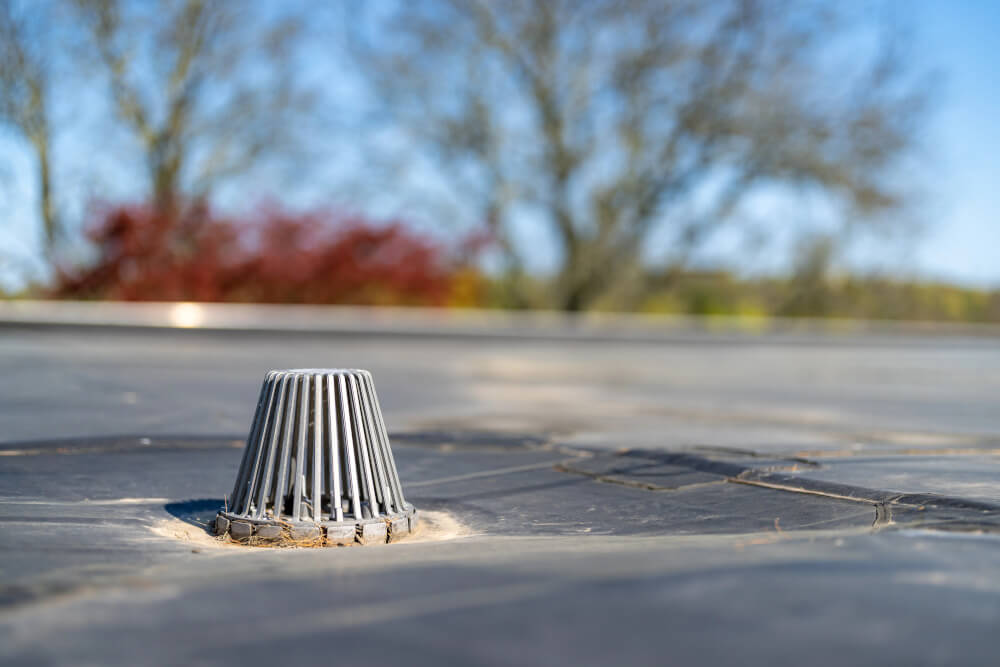
The gutters and downspouts on your commercial roofing system are integral to its efficient, long-term operation. The critical maintenance tasks you need to perform include:
✔ Ensure Proper Drainage: Hire a professional to verify that your gutters are sloped appropriately to shed water effectively.
✔ Routine Cleaning: Keep your gutters, downspouts, and roof drains free of dirt, sand, and other debris that may cause clogs and insufficient drainage.
✔ Check & Secure Connections: Ensure that all connections in the gutter system are tightly secured.
✔ Visual Inspections After Rain: After heavy rainfall, visually check the downspouts to ensure they are effectively discharging water. And check that no water is overflowing from any of the horizontal gutters.
Maintaining the Flashing
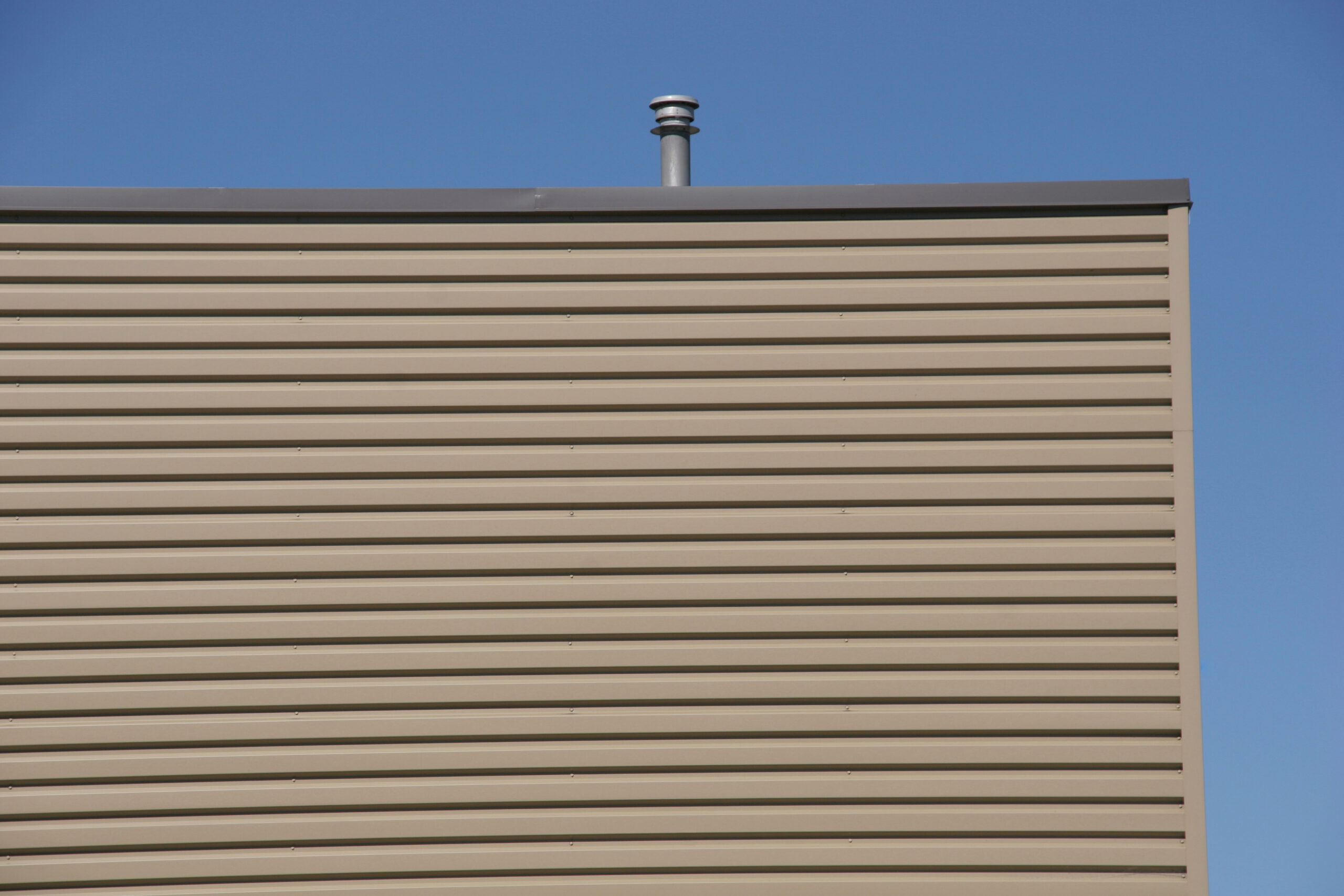
Similar to gutters, flashing helps direct water away from a building. They are not the same, though. Flashing is metal that runs the perimeter of the building to help prevent water from seeping into the building. The best way to maintain the flashing is to perform periodic visual inspections.
✔ Visual Inspections: Check for loose, damaged, or rusted flashing. Although perimeter flashing is the most common type of flashing, your flat roofing system may also have cap flashing, base flashing, penetration flashing (around vents and pipes), gravel stop flashing, counterflashing, drain flashing, pitch pan flashing, and reglet flashing. These inspections can be self-performed, but a professional can detect significant issues you may not be aware of.
✔ Replacing Damaged Flashing: Anytime you or your roofer notice early issues in your flashing, it’s critical to resolve them as quickly as possible.
Maintaining Additional Roofing Equipment
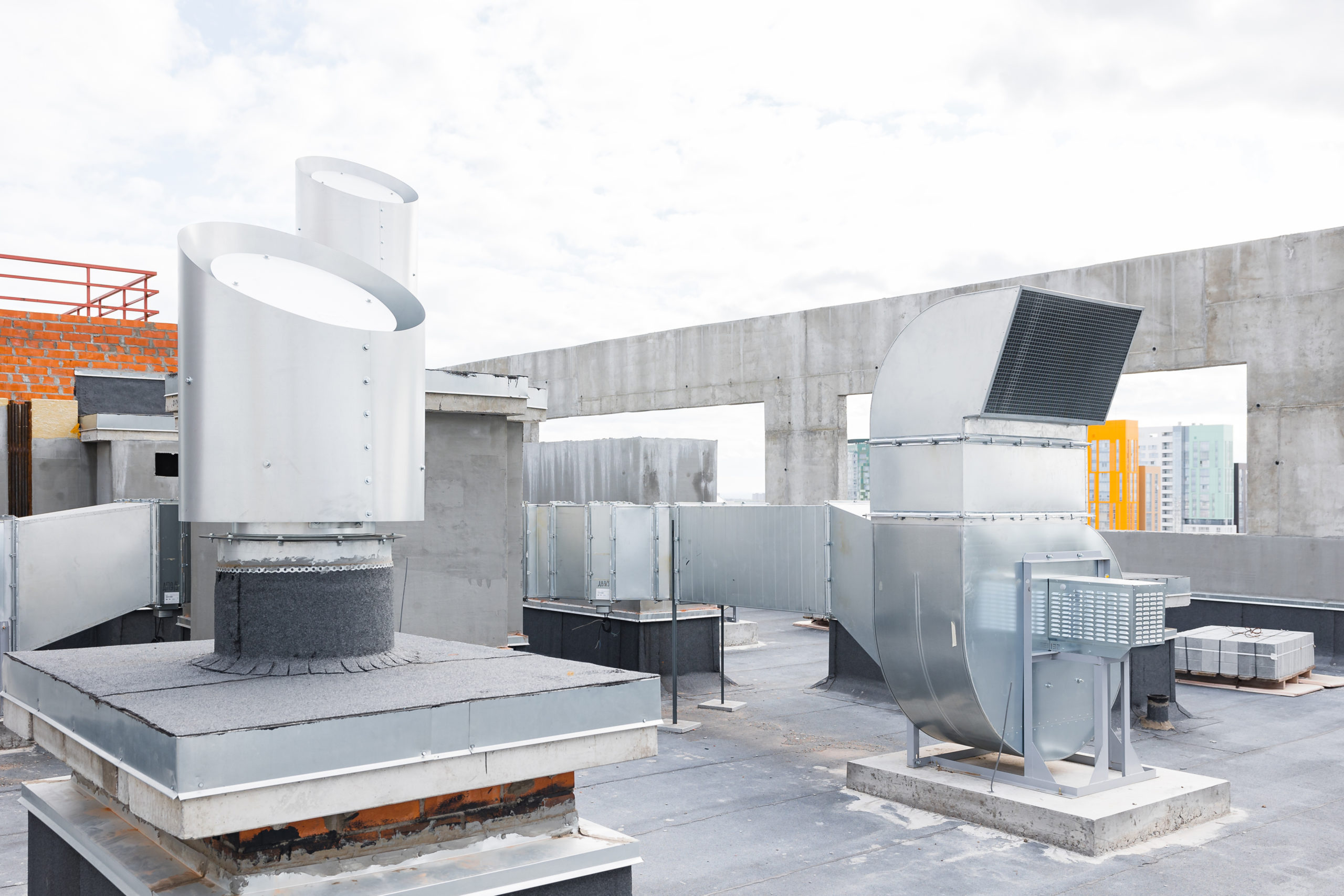
Commercial buildings almost always have an array of mounted equipment, like solar panels, HVAC units, and ventilation fans. Maintenance tasks will vary based on the installed equipment.
Some maintenance tasks include:
✔ Visual Inspections: You should visually inspect the equipment, looking for corrosion, loose or damaged cables or equipment, leaking curbs, debris accumulation, loose fasteners, and pooled water around the equipment.
✔ Replacing Filters: Roof-mounted HVAC units need new air filters every three months or more, depending on air quality.
✔ Cleaning: It’s best practice to remove dirt, grease, and grime from roof equipment, along with any debris that may have accumulated. If you have solar panels, you need to clean them every six months.
✔ Fix Loose Fasteners: During visual inspections or cleans, ensure your equipment is securely anchored to withstand high wind.
Remember—doing any work on a roof is dangerous, so hiring a professional is always recommended.
Start Your Commercial Roof Maintenance Plan Today
Summit Commercial Roofing is a family-owned and -operated company proudly serving small businesses throughout Southeast Michigan. We’ve specialized in flat commercial roofing since our founding over 50 years ago.
Please contact us today if you have questions about commercial flat roof maintenance or to schedule a comprehensive roofing inspection.

